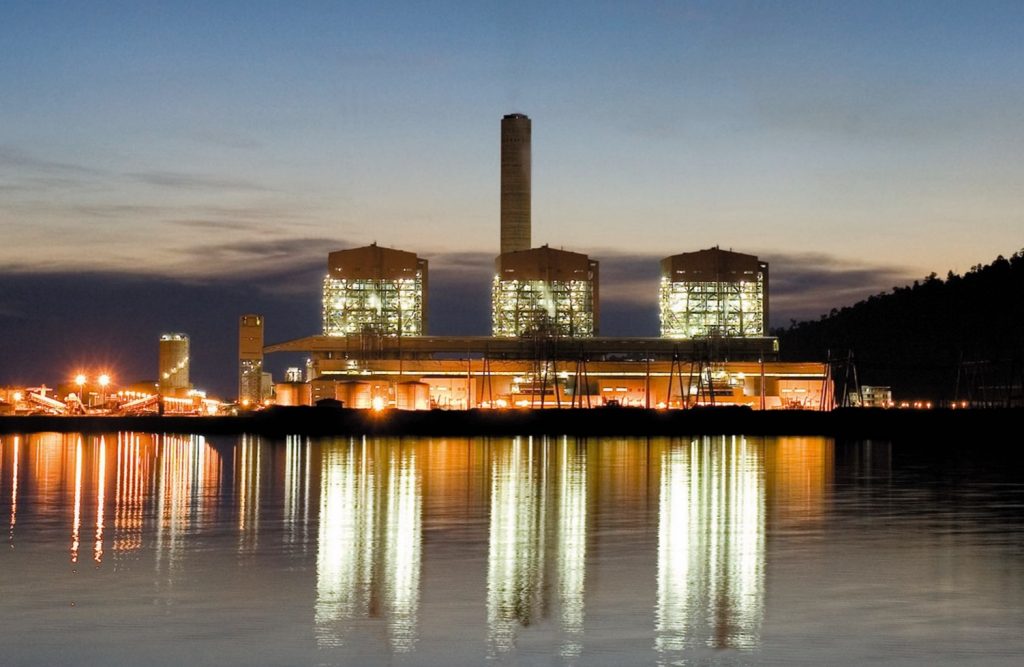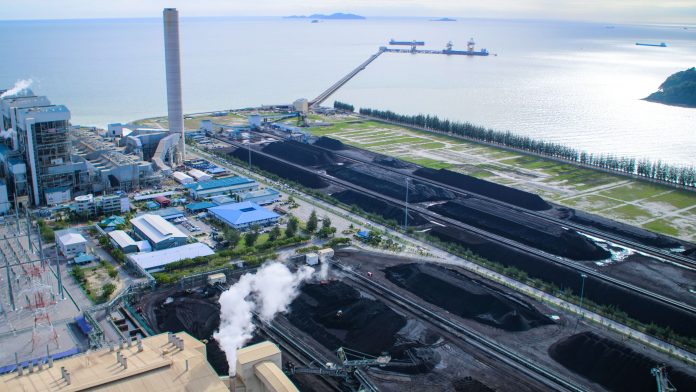Is there anything quite like clean coal power, knowing that coal has continually been bashed by environmentalists as a big polluter?
We sought to find out, first-hand.
This quest led us to Malaysia, more specifically to Manjung 4 coal-fired power plant. Though not entirely 100 percent clean, the coal plant tour shattered the age-old mental picture of a coal machine being one with black smoke billowing skyward.
Outside, the plant hums softly and only white, feathery steam columns can be seen drifting skyward.
In efforts to reduce carbon emissions, Malaysia turned to American conglomerate General Electric to deploy clean coal technology in its Manjung 4 power facility, which was built in 2015.
The ultra-supercritical power station, standing on a piece of land reclaimed from the sea, is one of its kind in Southeast Asia.
“Residents around here were opposed to this project when it was first conceived. They said coal was dirty,” said Datuk Shamsul, the managing director of the company operating the plant.
“We sat down with them and assured them of safety measures we’ve put in place. Now they’re the biggest supporters. Most have jobs here and they’ve realised coal can, after all, be clean.”

With a capacity of 1,000 megawatts (MW), the single plant is enough to power two million homes, or a third of Kenyan homes connected to electricity.
Manjung plant cost $1 billion to build over a four-year period through 2015 on a piece of land reclaimed from the sea.
“We had to stack its foundation 120 metres deep; we were basically building on water,” site engineers said, adding that had it been on normal land, it would have cost less.
The project sits on a man-made island off the coast of Manjung district, northwest of Malaysia. That’s a three-hour drive away from the capital Kuala Lumpur.
As the bustling city disappears behind you, soon you find yourself on a motorway snaking through a dense cover of palm oil trees. Palm oil is a key foreign exchange earner for the Asian nation with tropical climate.
And as you approach the seaside village of Manjung, green trees and flower bushes can be spotted in homesteads dotting the place.
Then you see it, 100 metres away through the trees, first the tall concrete stack breathing out white steam. And slowly, as you drive closer, the whole power plant shows itself up.
Here, a winding path leads you to the coal plant. Giant mounds of black coal sit in stockyards located on both sides of the pathway.
At any given time, the stockyards hold enough coal as reserves to cover 30 days, most of which are imports from Indonesia.
Malaysia seeks to reach the elite status of a developed economy, powered by a reliable and affordable mix of coal, natural gas and hydropower.
When compared to renewable baseload power source such as geothermal, coal shines in terms of economics involved.
For instance, producing 1 MW of geothermal power costs $5 million in equipment and construction costs. This excludes well drilling costs.
By comparison, it costs an average of $1 million to generate 1 MW of coal-fired electricity, according to GE experts.
On the other hand, green sources like wind and sun are unreliable since they are dependent on weather patterns and take up larger space on land compared to coal.
Even with its merits, coal, however, still remains dirty.
That’s exactly why countries like Malaysia, Dubai (2,400MW Hassyan plant) and Turkey are now opting for the new generation of coal plants, including GE’s clean technology known as ultra-supercritical power plants. It’s seen as the gold standard for coal-fired plants around the world.
Even Germany, a staunch evangelist of renewable energy over fossil fuel power, contracted GE to design the RDK8 coal plant – the world’s most efficient coal-fired plant.
“GE’s ultra-supercritical coal plants are designed with watertight quality control systems to manage both fluid and solid wastes,” GE Steam Power, commercial general manager Sacha Parneix said.
He says that Apart from carbon dioxide, other gas emissions from burnt coal which are considered toxic are trapped, including nitrous oxide and sulfur dioxide.
“At the moment there’s no incentive among investors to develop a technology that will trap carbon dioxide,” says Dr Sacha.
“Our air quality control systems technology significantly reduces nitrous oxide and sulfur dioxide. The seawater flue gas desulfurisation system achieves more than 90 per cent gas removal.”
Read also: Canadian firm to pay Kenya $5mn after losing geothermal case




